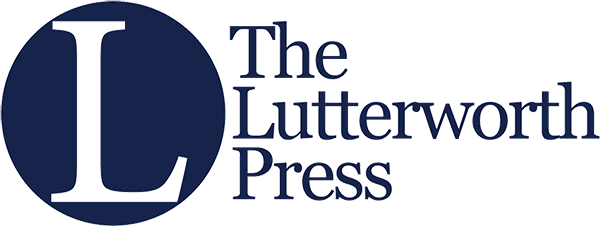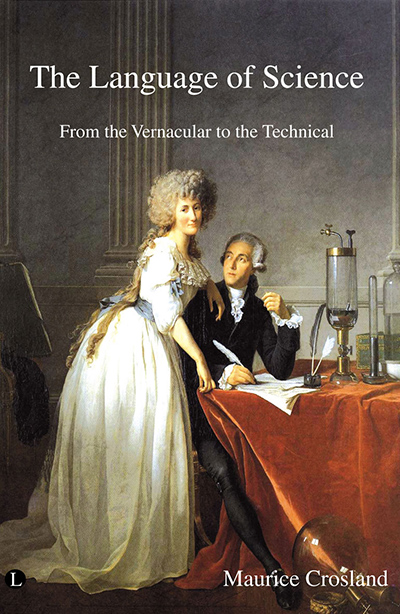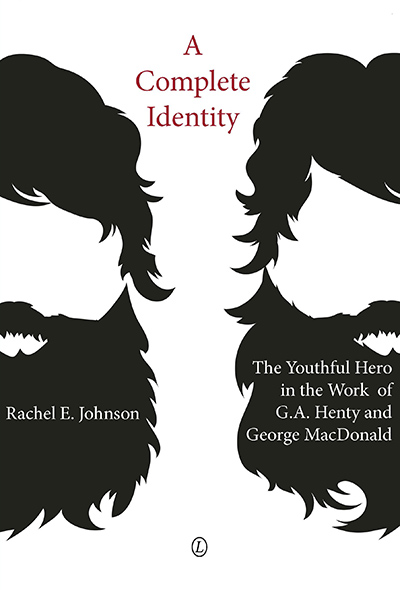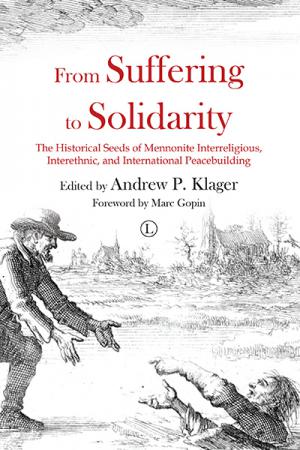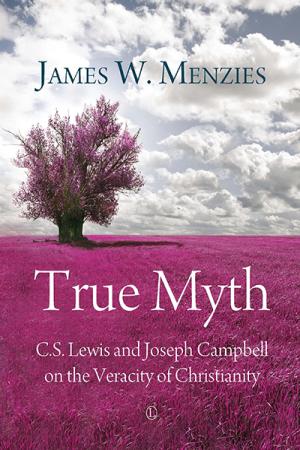Description
Where do scientific terms come from? Why are they so similar in so many languages? How was the new nomenclature spread across the world? The Language of Science analyses the development of scientific vocabulary from its basic origins in everyday agricultural work, through to the need for a measurement system when it came to trading, to the scientific innovations of the seventeenth century and a subsequent period of consolidation in the eighteenth century.
This is a period of great relevance in history of science and a strong focus of Crosland’s work. The time between 1750 and 1800 saw many movements trying to organise and revolutionise scientific names and units – the significance of which is often overlooked. Crosland talks here about the development of language in botany, chemistry and the metric system, drawing a connection between the three fields and the development of the sciences in general. The final chapter pays close attention to how the international conferences helped in the adoption and standardisation of the new language.
Crosland’s approach to the subject matter is very clear and concise. The Language of Science will be of interest to anyone who wants to know more about history of language, social history and of course science. The author popularises an often intimidating and complex segment of the English language. Scientists and non-scientists alike will find this book stimulating and thought-provoking.
- Aimed at anyone interested in Popular Science
- A stimulating introduction to the development of Scientific Language
- A historical overview of the progress of standardisation of the Sciences
About the Author
Maurice Pierre Crosland is an eminent academic. Having lectured at Leeds and been a Professor at Berkeley Cornell, Pensylvania, he is Emeritus Professor of History of Science at the University of Kent. He has published several works of great value, including The Science of Matter and Science under Control. He has a lifelong interest in the language and the history of science, and is Honorary Editor of the British Journal of Science, as well as President of the British Society for the History of Science.
Contents
Preface
Introduction
1. The Language of Science in the Eighteenth Century
The need for a specific language of science. A connected series of developments. The eighteenth century. The language of science. From the vernacular to the technical.
2. The Language of Botany
The beginnings of botany. Herbals. Common names for plants. Latin names. Predecessors of Linnaeus. The botanical nomenclature of Linnaeus. After Linnaeus.
3. The Language of Chemistry
Chemistry before Lavoisier. Old names and the beginning of reform. Lavoisier and the ‘chemical revolution’. The influence of Condillac on Lavoisier. The Method of chemical nomenclature. Acceptance of the new names.
4. The Metric System
Old measures. Early stages of reform. The Commission of weights and measures. Explaining the metric system to the public. Decimalisation. Adoption of the metric system.
5. International Scientific Conferences
The problem of international authority. The Metric Conference of 1798. From international co-operation to conferences. The Karlsruhe Congress. Other international conferences.
Further Reading
Index
Endorsements and Reviews
A distinguishing feature throughout is the author’s comprehension of the intimacy of the relationship between the functioning of institutions and the content and style of the science their members produced. Among the pieces I most enjoyed are the study of relationships between the Academie Royale des Sciences and the Royal Society in the eighteenth century and those on topics about which I knew little, such as seventeenth- and eighteenth-century laboratories and the difficult beginnings of experimental science in the nineteenth-century Oxford.
British Journal for the History of Science
Crosland writes from a solid foundation of scholarship, both his own and that of others, all acknowledged in the list of further reading. This book is an admirable contribution to the public understanding of science and should be widely read. The Language of Science addresses a non-specialist readership. It is lucid, short, elegant and takes pains to explain the reasons for the development of specialist and technical scientific vocabularies – and grammars too.
ISIS
In The Language of Science, Maurice Crosland condenses many decades of distinguished scholarship into a brief survey recounting how subjective descriptions were converted into abstract labels.
Patricia Fara, in The Times Literary Supplement, 22 December 2006
